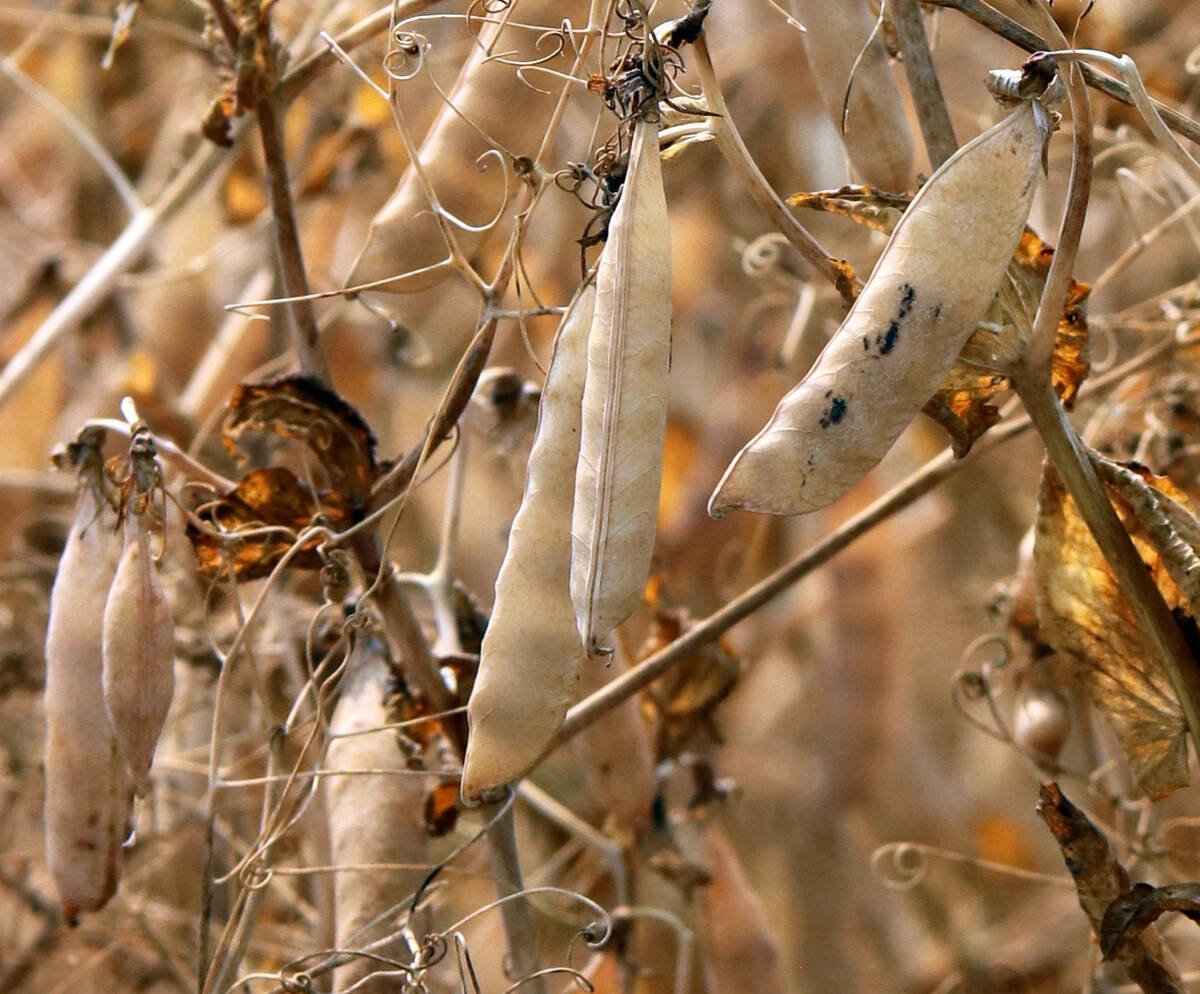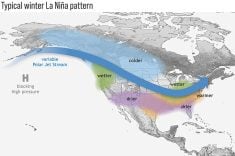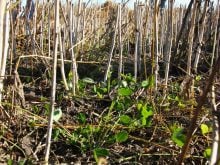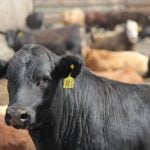Canadian researchers developed a superior oilseed from rapeseed and called it canola about 30 years ago, but Chinese feed manufacturers have yet to understand the difference.
Chinese oilseed crushers are snatching Canadian canola meal markets by selling their product as though it was inferior rapeseed meal, said William Riley.
Xcan Grain’s head of canola planning and market development says the Canadian industry must educate the Chinese feed industry about the qualities of canola meal to build a more stable demand in China and win back Asian meal markets that China has stolen.
Read Also

Trump’s tariffs take their toll on U.S. producers
U.S. farmers say Trump’s tariffs have been devastating for growers in that country.
“The challenge is to get the Chinese industry to understand the true value of canola meal and to pay that price.”
China exploded onto the canola market two years ago. It has huge oilseed production and crushing capacity. Last year it produced almost 43 million tonnes of oilseeds, of which 37 percent was soybean and 30 percent rapeseed.
It has a crushing capacity of about 50 million tonnes but it was languishing because of smuggled vegetable oil from Hong Kong. To revive the underused crushing industry, the Chinese government cracked down on the smuggling.
This fueled demand for imported oilseed.
Chinese imports of Canadian canola went from nothing to 1.27 million tonnes in 1998-99 and about the same last year. To the end of November this year, exports to China were 728,000 tonnes, the same as last year.
Because Chinese feed processors are familiar with locally grown rapeseed, which is high in glucosinolates, they process canola the same way, overcooking the meal to burn off the glucosinolates. That destroys the protein level in canola meal.
They also mingle rape meal and canola meal and do not charge different prices.
The majority of meal is exported to places such as South Korea and California dairies, Riley said.
But South Korea had been an importer of Canadian canola meal.
“There is no way we can compete, coming out of Vancouver, selling the meal against these Chinese canola meal sellers,” Riley said.
Canada must also educate China’s huge livestock industry about the differences between canola meal and rape meal.
“Also, they don’t like the dark color (of the meal.) They look at it and say ‘dark, bad. Corn, soybean, yellow, good.’ We’ve got to get over that hurdle as well,” he said.
It is not as if they don’t need protein meal. China’s animal feed protein demand is the fast growing in the world and is expected to pass the United States as the biggest user in 2025.














